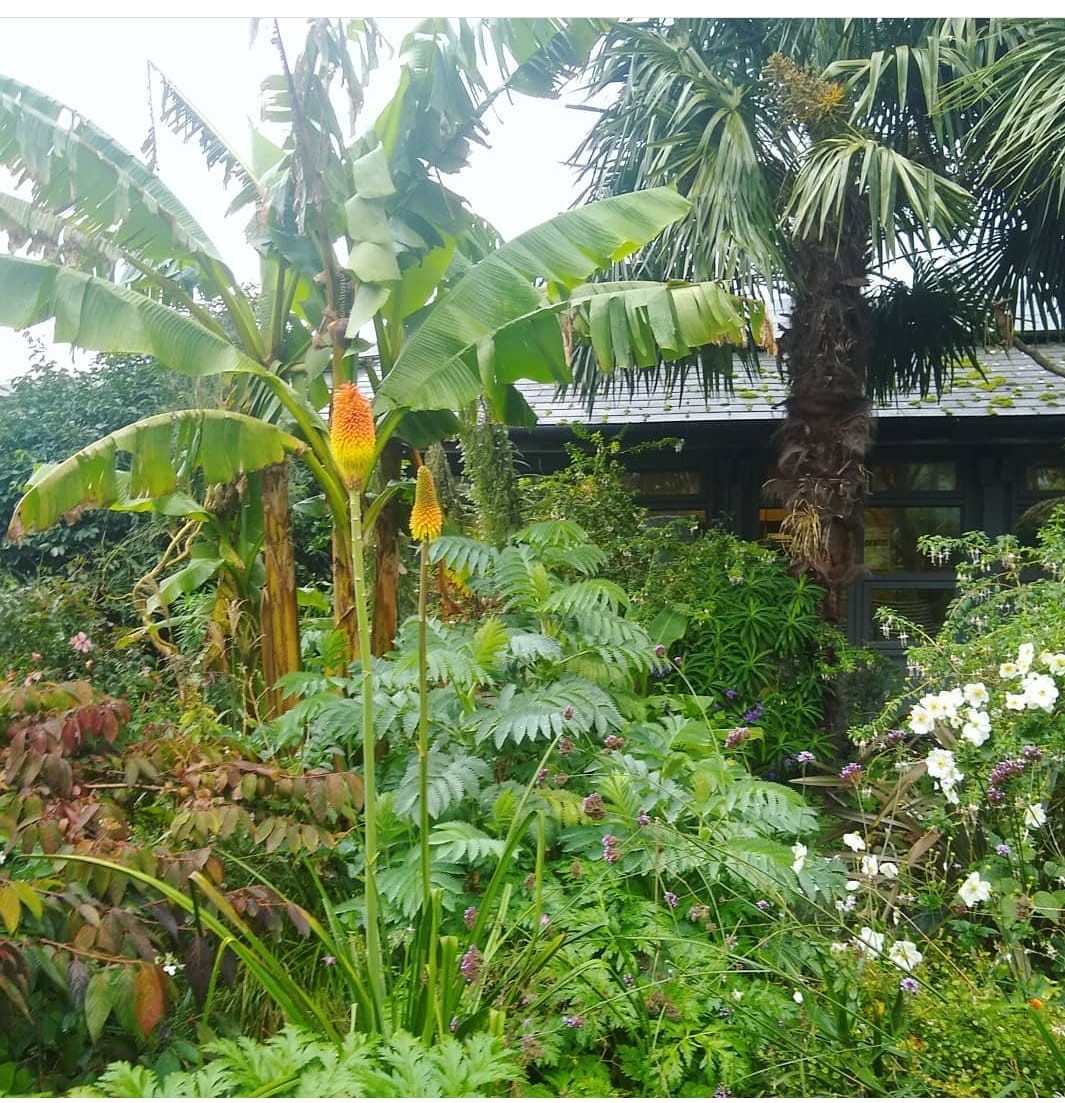Why I Teach: Danny Hubbard, Walworth Garden
STORIES

By Danny Hubbard, Education Manager at Walworth Garden
Our Green London events aim to bring together people working across the city to make and keep it green, from guerrilla gardeners to tree growers. As part of this programme, this week Danny Hubbard from Walworth Garden in Kennington shares why he loves teaching at an inner-city community garden: There is nothing quite like teaching gardening in London. In my life, I have tried teaching many different things, from sailing sessions on the Welsh Harp in Wembley to guitar lessons in people’s homes, and even found myself as a careers advisor in a Hackney secondary school for a short but intriguing spell. But gardening is something else. I hope you’ll agree with me by the end of this article that all of us, as urban gardeners, have a responsibility to ‘teach’, in our own small way, to make our towns and cities more fulfilling places to live.  In cities, gardens are immense reservoirs of possibility. Like subterranean lakes, green spaces can be obscured and neglected for years, lying dormant and untapped. But their transformation needs a catalyst: someone with a vision, or (cynically) gentrification and subsequent investment from the council or a housing developer. At Walworth Garden, a sequence of land grabs, swaps and community action days through the late 80’s and early 90’s led to its establishment as a community space. With over 80 adults now learning in the garden each week, we aim to give our students horticultural expertise, but also reverence for the precious green space that exists within a city.
In cities, gardens are immense reservoirs of possibility. Like subterranean lakes, green spaces can be obscured and neglected for years, lying dormant and untapped. But their transformation needs a catalyst: someone with a vision, or (cynically) gentrification and subsequent investment from the council or a housing developer. At Walworth Garden, a sequence of land grabs, swaps and community action days through the late 80’s and early 90’s led to its establishment as a community space. With over 80 adults now learning in the garden each week, we aim to give our students horticultural expertise, but also reverence for the precious green space that exists within a city. 

 ‘See these? Ilex crenata, Lonicera nitida and Euonymus ‘Green Spire’: alternatives to box’. Cue a discussion about pests and disease in London (alongside their treatment regimes); formality and evergreen structure, and care of topiary. These common structural plants have a colonial history that needs to be better known, too: the formal border was a vital component of Victorian ‘Plant Hunter’s’ gardens, whose ordered rows enforced Linnaean taxonomy onto often discordant plant collections from colonised nations.¹ ‘This is one of our ponds (we have eight now!). Floating over there amongst those broken bricks is Salvinia natans.’ Another rabbit-hole: invasive species (and floating ferns), drinking water for invertebrates, and creative use of waste materials: carpet to bed pond-liners, washed building-waste for ‘rocks’, and rainwater to fill it in.
‘See these? Ilex crenata, Lonicera nitida and Euonymus ‘Green Spire’: alternatives to box’. Cue a discussion about pests and disease in London (alongside their treatment regimes); formality and evergreen structure, and care of topiary. These common structural plants have a colonial history that needs to be better known, too: the formal border was a vital component of Victorian ‘Plant Hunter’s’ gardens, whose ordered rows enforced Linnaean taxonomy onto often discordant plant collections from colonised nations.¹ ‘This is one of our ponds (we have eight now!). Floating over there amongst those broken bricks is Salvinia natans.’ Another rabbit-hole: invasive species (and floating ferns), drinking water for invertebrates, and creative use of waste materials: carpet to bed pond-liners, washed building-waste for ‘rocks’, and rainwater to fill it in.  ‘What about this? Salvia confertiflora: as it’s warm enough, we don’t need to overwinter any of our Salvias inside. We have about 10 further cultivars in the garden but this is my favourite’. Urban heat island effect, different flower-shapes (‘nectar-robbing’ by bumblebees!), and how to extend the flowering season. A garden should be a place ready to burst with conversation. And, rising from all of this buzzing, feeding, life and death, the beauty of a garden makes us dream: new gardeners must experience this, and aspire to a higher ideal; to know that their city can be a better place.
‘What about this? Salvia confertiflora: as it’s warm enough, we don’t need to overwinter any of our Salvias inside. We have about 10 further cultivars in the garden but this is my favourite’. Urban heat island effect, different flower-shapes (‘nectar-robbing’ by bumblebees!), and how to extend the flowering season. A garden should be a place ready to burst with conversation. And, rising from all of this buzzing, feeding, life and death, the beauty of a garden makes us dream: new gardeners must experience this, and aspire to a higher ideal; to know that their city can be a better place.
—
Follow Walworth Garden on Instagram: @walworthgarden
See the range of courses on offer at Walworth Garden here.
[1] Patricia Fara, Sex, Botany and Empire, 2003